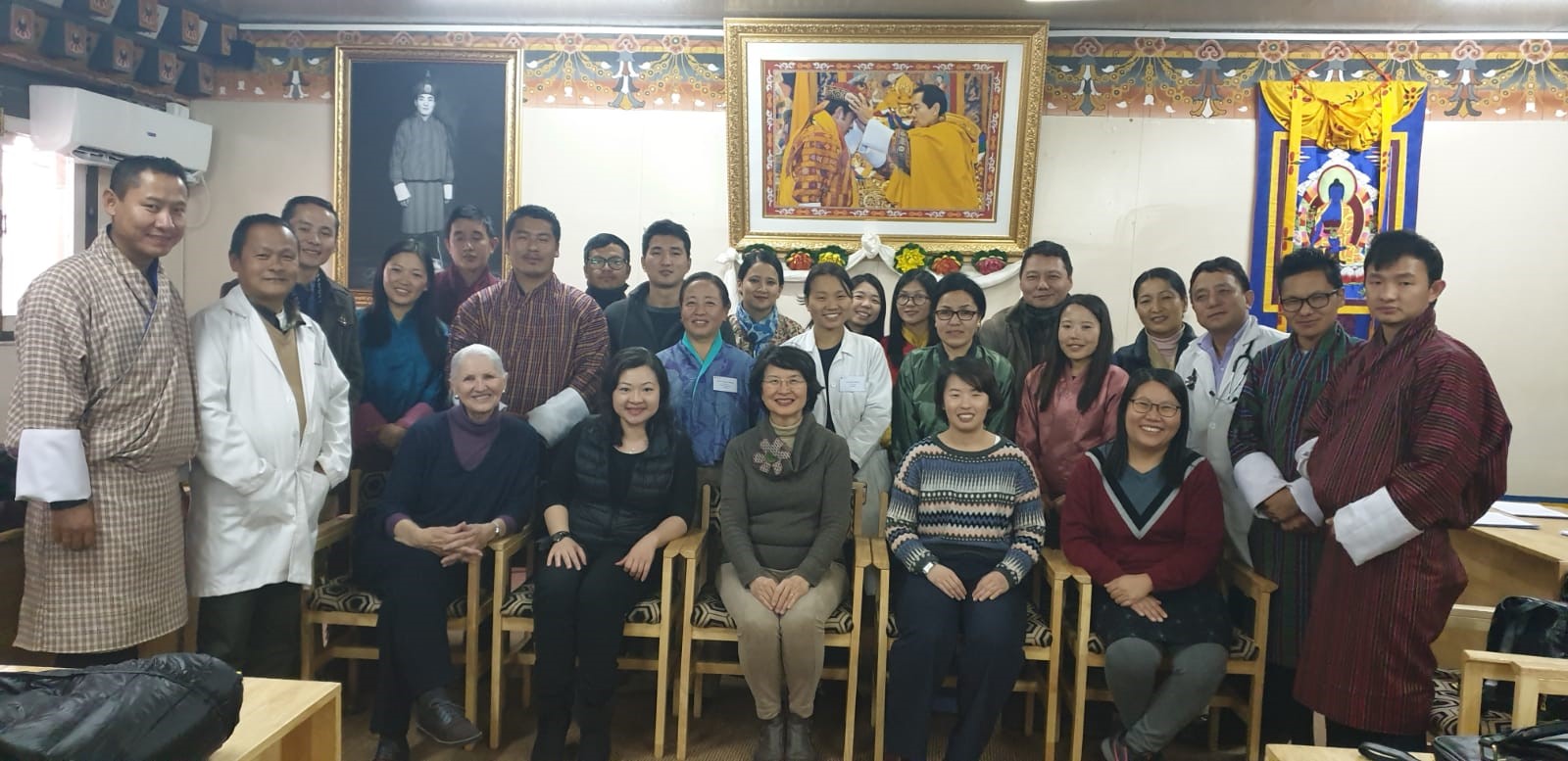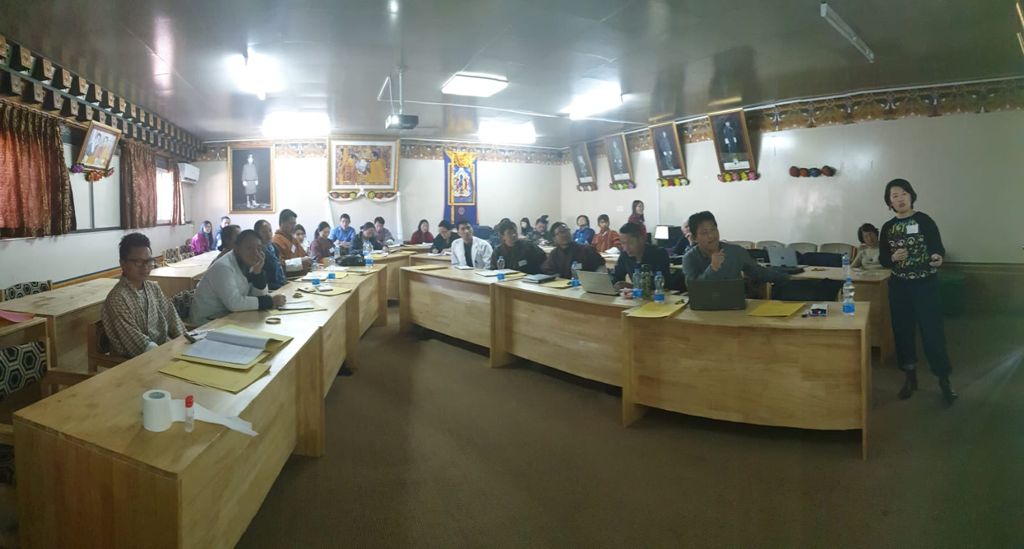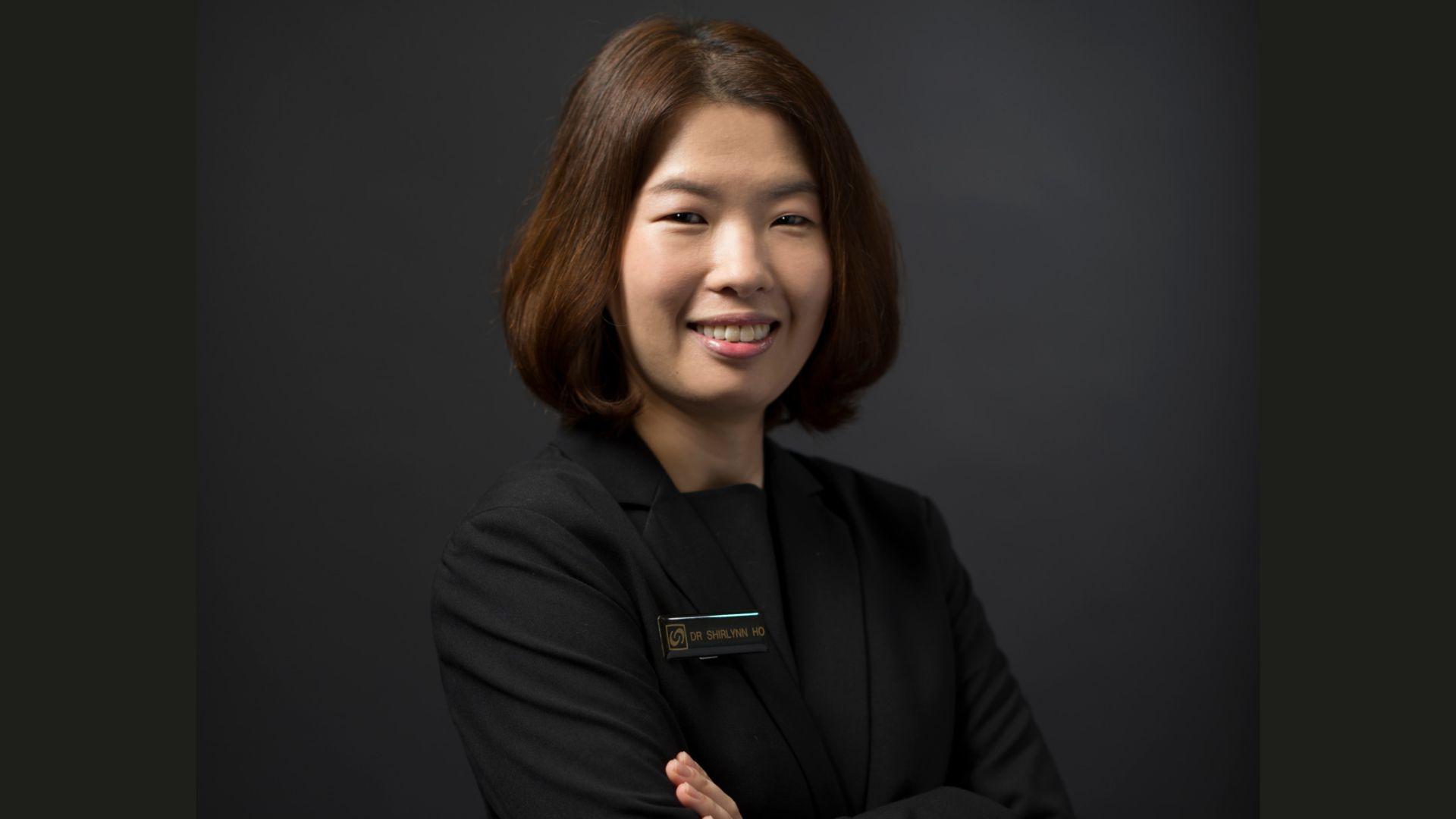According to palliative care physician Shirlynn Ho, the specialty is often an overlooked area in the medical industry.
“I suppose palliative care occurs as an afterthought to other medical practices. It doesn’t have the same historical timeline as, say, cardiology,” says the current deputy head and senior consultant at the division of supportive and palliative care at the National Cancer Centre. “We usually think about providing good primary care before taking care of people suffering from terminal illnesses. They are often the sickest of the lot.”
As part of the Lien Collaborative for Palliative Care programme, a joint initiative by the Asia Pacific Hospice Palliative Care Network (APHN) and the Lien Foundation, Dr Ho embarked on the mission in the past years to share her expertise in palliative care with both doctors and terminally ill patients in parts of South Asia, including Sri Lanka and India.
“These are developing countries where palliative care is not developed yet, and certainly absent in the public healthcare system there,” she says.
Under the private philanthropic healthcare organisation Lien Collaborative, Dr Ho started palliative care services in Bhutan’s Jigme Dorji Wangchuck National Referral Hospital — its SGH equivalent in Singapore.
She also worked closely with healthcare workers in Bhutan to launch a home care service in Thimphu, which serves as a model for palliative care in other parts of the country.
TheHomeGround Asia catches up with Dr Ho to find out how she adapted her expertise in the palliative field to the different cultural norms, and a patient interaction turned into an experience that is especially close to her heart.

TheHomeGround Asia (THG): Why is palliative care lacking in developing countries like Bhutan?
Shirlynn Ho (SH): Palliative care is a fairly new area of specialty, brought to light when Dame Cicely Saunders came up with the practice in the 1960s. It was only in 2018 that the World Health Assembly stated that palliative care should be integrated into primary healthcare as part of what government provides.
Countries in South Asia often have very tight resources, and can’t afford basic palliative care for the masses. So we have to dispel the myths that palliative care is very expensive, and that you have to build expensive hospitals for terminally ill patients to come and live in.
In fact, palliative care is inexpensive and even cost-saving. In developed countries, it has been shown that providing the right treatment for end-of-life patients puts less strain on the emergency and hospital admissions departments. This in turn saves costs, and is what we’re trying to teach in Bhutan.
THG: Did you face any resistance when you tried to introduce this programme in Bhutan or any other country?
SH: It is not a one-sided thing where we just decide to go down and teach them about palliative care. Before we actually visit them, there would usually be a lot of stakeholder engagements with hospitals that are already keen to embark on providing palliative care for their patients. That way, they are prepared to release the nurses and doctors and give them protected time to learn.
THG: What were some of the cultural differences that you had to address?
SH: Everything, right down to how healthcare funding is managed is different in any country. Every patient is different, so you have to individualise your treatment, as well as deal with his or her family. So we don’t expect our partner hospitals in these countries to simply copy and paste everything that we teach, because they are the ones who understand their own cultural contexts best.
THG: Since palliative care originates from the West, did you have to adapt your methods of care to eastern cultures?
SH: In the West, the elderly often live apart and very independently from their children, and they make their own decisions. In Asia, people often make decisions as a family unit, and individual autonomy isn’t as important.
The whole family comes for the [medical] appointment. So often, even though the patient is the person that we are formally caring for, we are informally caring for the entire family.
For example, many families are not so keen to tell patients that they have been diagnosed with incurable cancers or have only a few months to live. They usually try to keep the bad news from their loved ones to protect them and not burden them. So a lot of the time, even the doctors themselves are not keen to approach patients directly. The default practice here is that you communicate with the family members first, and see what they want.
Even early on in Singapore, people would think that when patients hear their diagnoses, they become depressed, have less of a will to live on, or “die faster” when they hear that there’s no cure. This is similar to the myth that talking about suicide will result in suicide. We always try to dispel myths like these, but at the same time, this is not an easy conversation.
So it’s not purely about the piece of information, but how it’s delivered, and how you support the patient and their family after delivering the news. The relationship doesn’t just drop after the news has been told, and tailoring it to what the family can accept is crucial. In Asia, we don’t go in with the western ideal that “autonomy is first” and upset the family.
THG: Do you think that patients deserve to know their own diagnoses?
SH: If you present them with bad news that they are not ready for, isn’t that assault? In fact, some patients would tell us, “if it’s bad news, tell my son because I trust him. If it’s good news, tell me so I can celebrate”. We respect patients for wanting to know the truth just as much as we respect them for telling us they’re not ready.
In other cases, there are terminally ill patients who don’t “resign to their fates”, and their families would say that it’s just “in their blood to fight to the end”. We respect that as well — palliative care is not supposed to make patients accept their conditions if they choose not to.
THG: Can you share with me a particularly meaningful patient interaction you encountered when in Bhutan?
SH: During one of our sessions, they brought in a young patient who was open to being our study subject. He was around 28 years old and was suffering from metastatic cancer, and had spent almost a year away from his family. Bhutan has a mountainous terrain and transport is not easy, and he sought help in the capital, away from his young wife and three-year-old child. Each of us thought that he was in a really bad situation.
As a young person being in an incurable crisis with so much pain at the start of his life must not be easy. But it was the patient himself who encouraged us. He wanted to tell more people, especially young people like him who were also suffering from cancer, that the pain can be managed with the right medication.
It takes a lot of courage to share your vulnerabilities with a classroom of doctors when most patients have difficulties opening up to just one of us. That was a good reminder for all of us to connect with our patients, because very often, the doctors are doing most of the talking and we are not listening to the patients’ own hopes and plans. I think most of us were changed by that testimony.

THG: What takeaways did you receive from embarking on this project with Lien Collaborative?
SH: I realised that we are all the same in humanity. You could be working in a beautiful in-patient hospice in Singapore with all the resources you need, or you could be working in Sri Lanka with minimal resources, but what the patients and their families value are very similar — to have symptom-free last days and to die with dignity.
Going to all these countries has also taught me the importance of contextualisation — to not assume what a patient wants purely based on how a patient looks or where they come from and to really connect with them instead.
THG: What is one piece of advice you would give to other healthcare professionals after being a part of this project?
SH: I would encourage other healthcare workers — or anyone, really — to explore sharing our experiences with people in other countries and settings. It richly benefits our own lives, and we bring back so many lessons from the patients and participants. Of course, the networks of support that we build are also very precious. It’s a little out of our comfort zone, but it’s a great experience. I didn’t know this until I tried.
Join the conversations on TheHomeGround Asia’s Facebook and Instagram, and get the latest updates via Telegram.





























